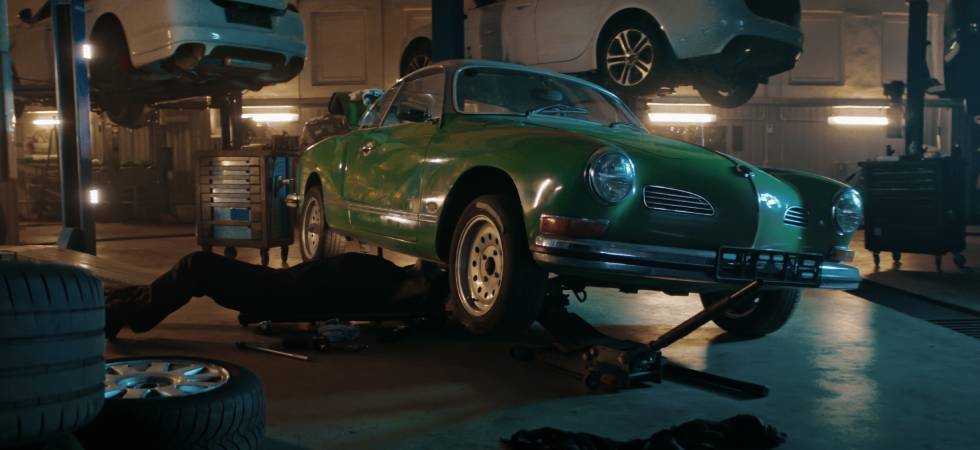The Rise of Electric Conversions for Classic Cars

Classic cars have long captured the hearts of car enthusiasts with their timeless designs and nostalgic charm. The automotive world has seen a growing trend toward electric conversions for these beloved vehicles. Car lovers who want sustainability without sacrificing style now embrace this combination of heritage and modern technology.
Why Electric Conversions Appeal to Classic Car Enthusiasts
Many classic car enthusiasts hold deep emotional connections to their vehicles. Vintage models evoke a sense of history, craftsmanship, and individuality rarely found in modern cars. Electric conversions provide a way to keep these iconic vehicles on the road while making them more practical for daily use.
The shift toward electrification does not take away the essence of a classic car. The process breathes new life into aging vehicles by replacing unreliable, outdated engines with clean, efficient electric powertrains. Owners experience the “best of both worlds” when embracing the rise of electric conversions for classic cars.
Balancing Classic Features With Modern Technology
Electric conversions preserve the unique features of iconic classic cars while incorporating the advantages of modern technology. Iconic design elements, such as the distinct curves of a 1960s Mustang or the luxurious details of a vintage Rolls-Royce, remain untouched. Conversions add benefits like silent operation, instant torque, and improved safety features.
Owners solve common challenges faced by classic car enthusiasts, such as unreliable engines and difficulty finding replacement parts. Electric powertrains eliminate these issues, allowing enthusiasts to enjoy their classic cars with fewer headaches. Many enthusiasts find joy in owning vehicles that retain their original charm while offering environmental advantages and practical upgrades.
Environmental and Economic Advantages of Electric Conversions
Switching to electric power significantly reduces the environmental footprint of classic cars. Electric powertrains produce zero emissions, making them a sustainable choice. The shift aligns with global efforts to combat climate change and addresses increasing restrictions on gasoline vehicles in urban areas.
Electric conversions save owners money over time by reducing maintenance costs and eliminating the need for fuel. Expanding electric charging networks makes driving an electric classic car more convenient than ever.
Challenges and Considerations
Converting classic cars to electric can be expensive, especially for rare or highly specialized models. The process requires expertise, which might limit the number of enthusiasts who can take on the task independently.
Some purists argue that electrification affects the authenticity of classic cars. Enthusiasts often counter that preserving a car’s body and aesthetic integrity outweighs the need to keep an outdated engine under the hood.
The Future of Electric Conversions for Classic Cars
Advancing technology continues to fuel the popularity of electric conversions. Automakers and startups now offer conversion kits that make the process more accessible and affordable. Improvements in battery technology have expanded the driving range of electric vehicles, further boosting interest in converting classics.
The rise of electric conversions for classic cars signals a promising future for this trend. Owners can now preserve their cherished vehicles while contributing to a cleaner environment.
Electric conversions breathe new life into classic cars by combining sustainability with nostalgia. The growing movement appeals to a new generation of car enthusiasts. This trend represents a solution for preserving automotive history while embracing a sustainable future for transportation.
